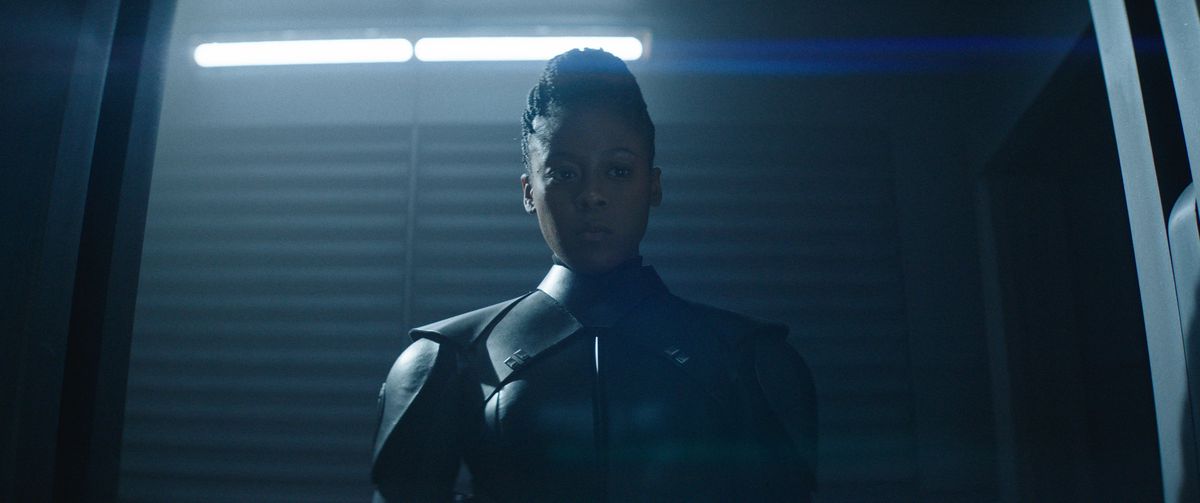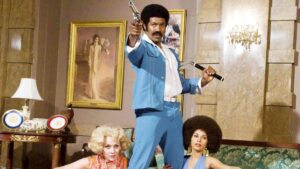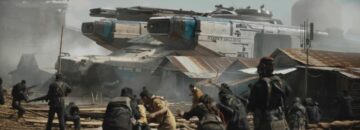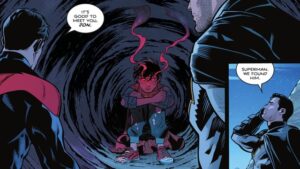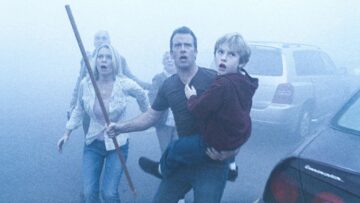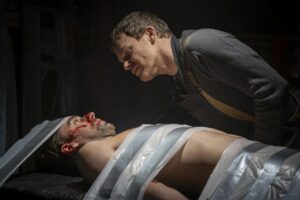At first, the most distinct thing about Obi-Wan Kenobi in the new era of Star Wars is that, for the first time since the franchise transitioned to TV, it wasn’t about a guy in a helmet. No disrespect to The Mandalorian or The Book of Boba Fett, but they are shows that were sold on iconography more than character — something they reminded audiences of every time the Star Wars franchise logo appeared on screen after flashes of robots and helmets. Only one character wears a mask in Obi-Wan Kenobi: Darth Vader, and its presence or lack thereof is always meaningful. Across its brief six-episode run, Obi-Wan stopped the spectacle to focus on people — and it mostly resonates as a contrast to how much I’ve missed them in other Star Wars stories.
At the heart of this are Obi-Wan’s two central performances. As Obi-Wan, Ewan McGregor plays a broken man in exile, a soldier who knows he lost the war but is still being asked to fight it, keeping constant vigil from afar over the young Luke Skywalker. As befits the character that shares the series’ name, every note of Obi-Wan’s journey rings true, largely thanks to McGregor’s performance.
History helps here. McGregor returning to the role he first played over 20 years ago and redefined for a second generation of Star Wars fans helps underline his depiction of a burdened man thanklessly safeguarding what’s left of his legacy. He doesn’t speak as much as he used to, but his actions tell a story — hiding from view and scrambling from fights in the first half of the show, and moving and fighting with determination in the second half. Across six episodes, Obi-Wan goes from a shattered Jedi barely comfortable using the Force anymore to a man who has once again found strength and purpose.
Image: Lucasfilm
Opposing him is Moses Ingram’s Reva, a relentless, driven Inquisitor working for Darth Vader to hunt Kenobi down. As Reva, Ingram is formidable, fueled by passion and rage, a tremendous physical presence in a world increasingly defined by larger-than-life figures with obscured faces. Unfortunately, Ingram’s performance is underserved by the story she’s in. Clear motivations, once revealed, lead to baffling actions as her story reaches its climax.
Reva, as it’s slowly revealed, was a survivor of Anakin’s youngling massacre in Revenge of the Sith, and has become zealous in pursuit of Obi-Wan as part of a long gambit to get close enough to Darth Vader to kill him in revenge. There’s a tragic story here, one that you can infer from Ingram’s performance — as Reva is continually broken down and built back up in her quest for revenge — but it’s one that strains credulity as Reva’s story ends with her in pursuit of Luke Skywalker, even if her goal of killing Vader is now long gone.
In spite of the difference in execution in their stories, both Obi-Wan and Reva’s arcs emotionally ground Obi-Wan Kenobi in their specific focus on loss. Put simply, they’re there to illustrate the difference between losing and being lost. Obi-Wan never says this theme out loud, but it’s the reason why the show can still feel worthwhile in spite of its status as a prequel where the fates of most major characters are known from the outset, particularly its protagonist.
What the viewer doesn’t know coming in is Obi-Wan’s interiority: Is old Ben Kenobi at his post in A New Hope out of obligation or devotion? Has his loss in Revenge of the Sith filled him with despair or resolve? The space for Obi-Wan Kenobi to say anything meaningful at all is incredibly narrow, so it has no choice but to focus on feelings — to the credit of director Deborah Chow and her many collaborators, it conveys them well enough that when Obi-Wan stands in front of young Leia Organa or a ship full of refugees, it’s possible to care about whether or not he can find it in himself to inspire them.
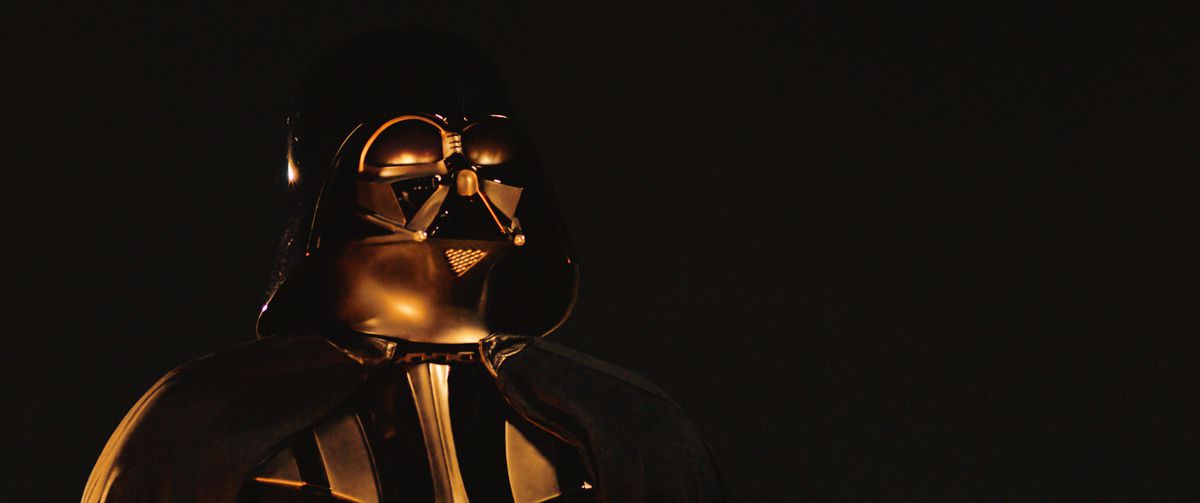
Image: Lucasfilm
Or that, when Kenobi has what looks to be his penultimate showdown with his former apprentice before they reunite as old men in A New Hope, it’s clear that they are burying the people they were in the prequels and becoming who they will be in the original trilogy. In this, Hayden Christensen’s brief return as Anakin makes Obi-Wan Kenobi the most meaningful modern invocation of Darth Vader yet, as his scarred visage briefly seen through a split helmet in the final episode gives viewers a glimpse of what the war has cost. Darth Vader in name vows to become Darth Vader in purpose, laying aside his failed attempts at revenge to fully become the gloved fist of a fascist Emperor.
It can’t be understated that the uphill struggle for resonance Obi-Wan Kenobi faced is a problem of Star Wars’ own design. The current state of the franchise is one of timidity, preferring to bank on the passion of old fans over the work of winning new ones. Ultimately, Obi-Wan Kenobi is an uneven work about a man no longer certain of his place in a massive and still-ongoing undertaking.
In that uncertainty, cynicism took root, as it is wont to do. But that cynicism — whether it stems from a fictional character processing his place after losing a war the bad guys won, or the challenge of artists and craftspeople trying to make art in the most commercial environment imaginable — can be overcome, even if it’s justified. You just have to find a way, find something human to hold on to. Obi-Wan Kenobi broke a Jedi down and built him up to be a person again. You can see it on his face.
